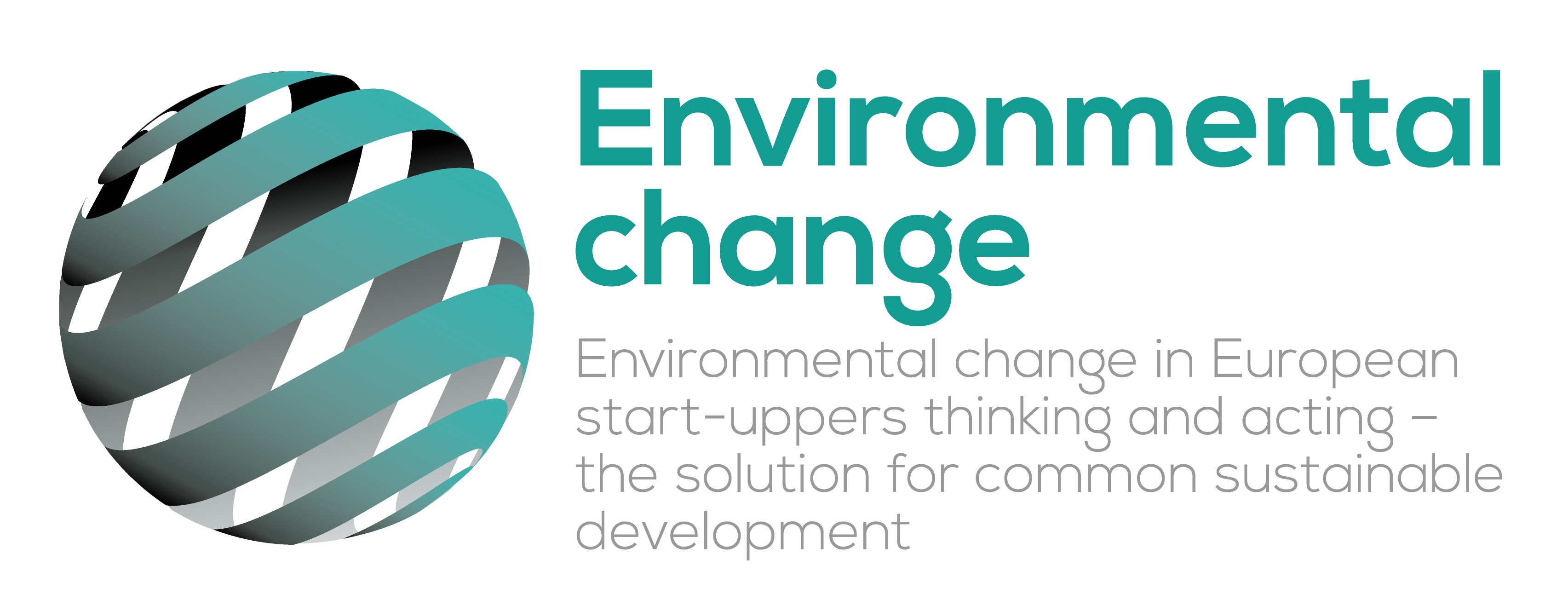
Project number: 2020-1-PL01-KA202- 082205
Implementation period: 01.12.2020 – 30.11.2022
Project description
The aim of the Environmental change project is strengthening the quality of start-uppers, young entrepreneurs and VET providers – enhancing their professional development through the improvement of environmental change competences, as well as giving them the opportunity to validate these competences for immediate application.
The circular economy is an enormous challenge for developing and emerging countries, especially in terms of capabilities to ensure efficient treatment of waste and the responsibility over social behaviours. This project is in line with the European Green Deal postulates focusing especially on topics of circular economy and sustainable solutions.
The following results will be created and implemented by the end of the project implementation period:
- Training Curriculum focused on circular economy as an alternative path for self-employment
- Presentation of the Training Curriculum as an OER
- Scenarios related to 6 thematic areas
- App for mobile learning structured around the project key-areas
The project concentrates on 6 thematic areas:
- Ways of transition to natural energy and combating climate change
- Towards biodiversity and ecological transformation of companies
- Plastic waste management in your SME
- Redesigning products and services to minimise the use of materials
- Circular businesses models
- Life cycle thinking
Project website: http://www.environmentalchange.erasmus.site/
Partners
Coordinator – Rzeszow Regional Development Agency (Poland)
Technical Institute of Heraklion Chamber (Greece)
Mindshift Talent Advisory (Portugal)
University of Maribor (Slovenia)
Technological Centre of Furniture and Wood of the Region of Murcia (Spain)
Danmar Computers (Poland)

